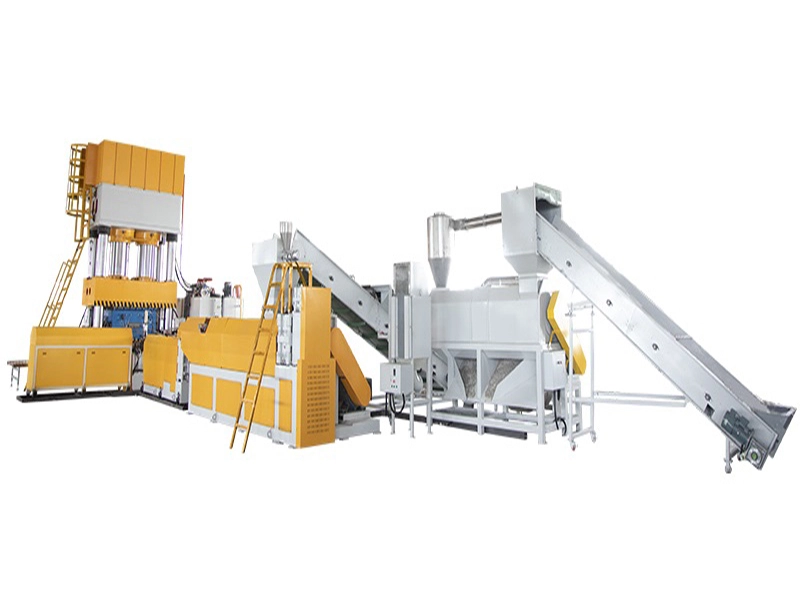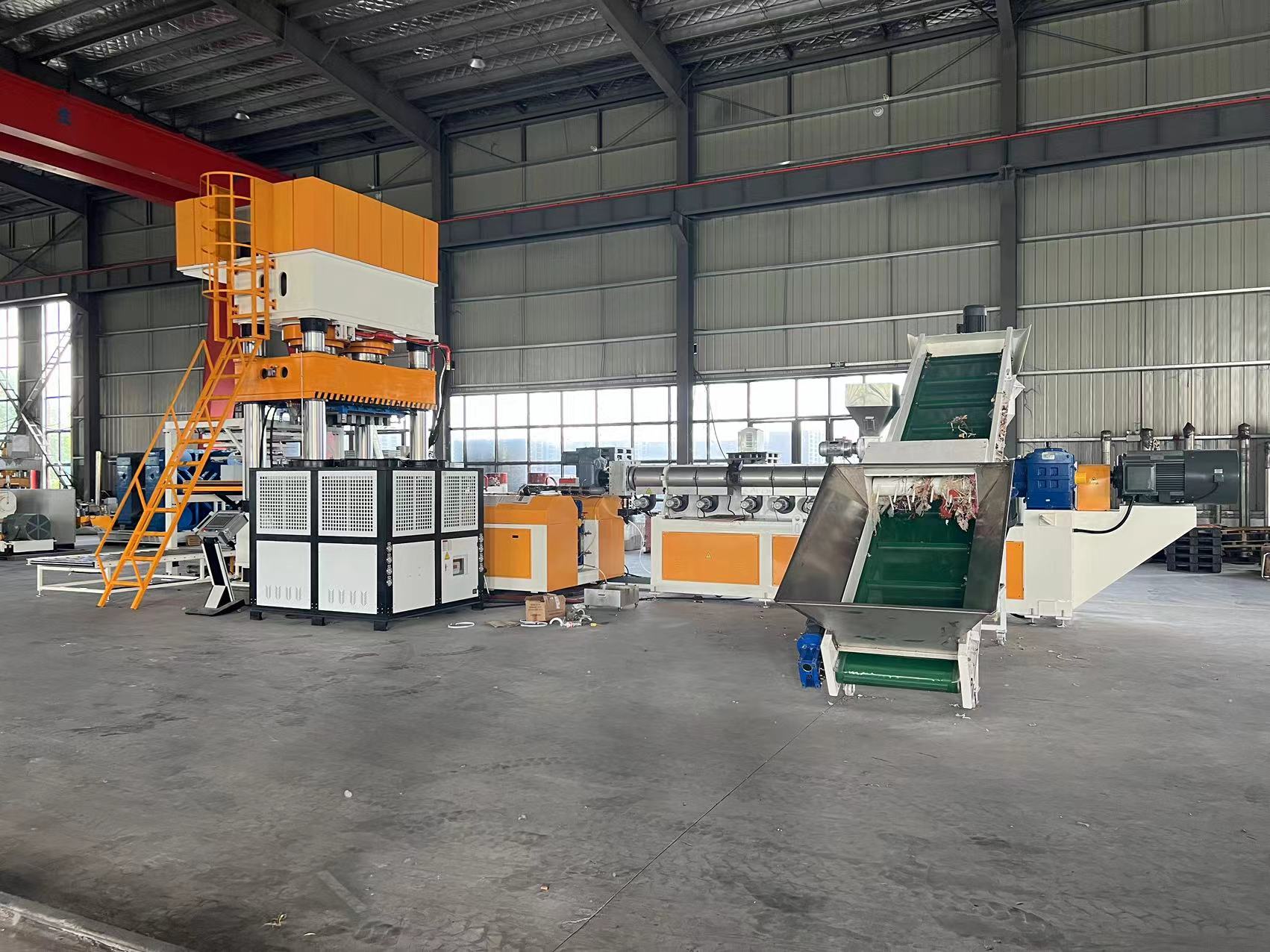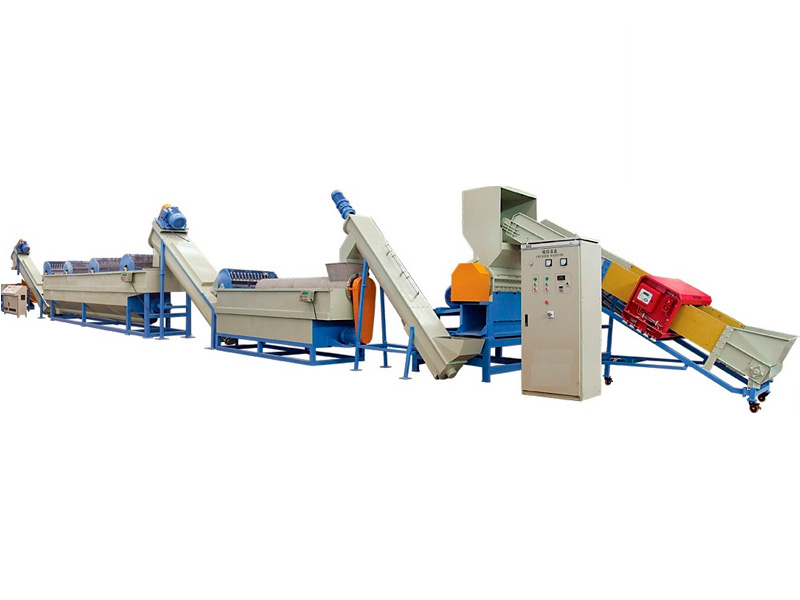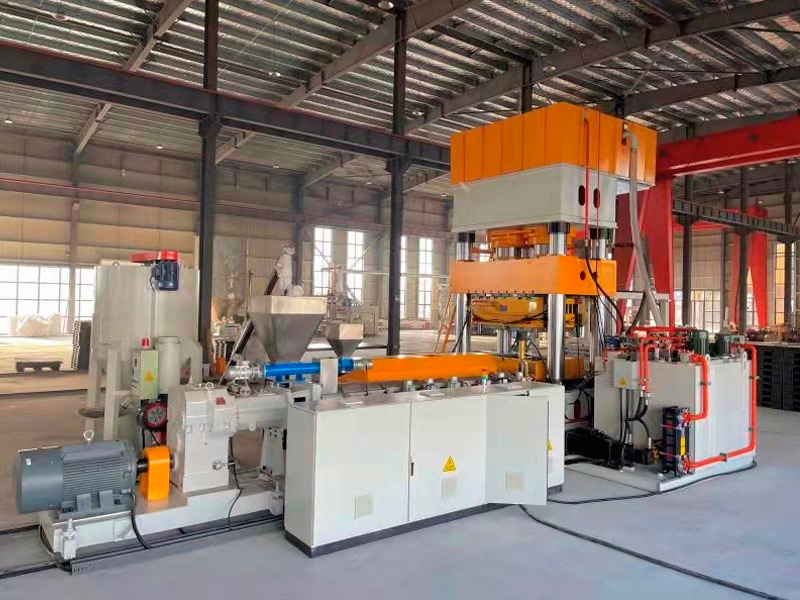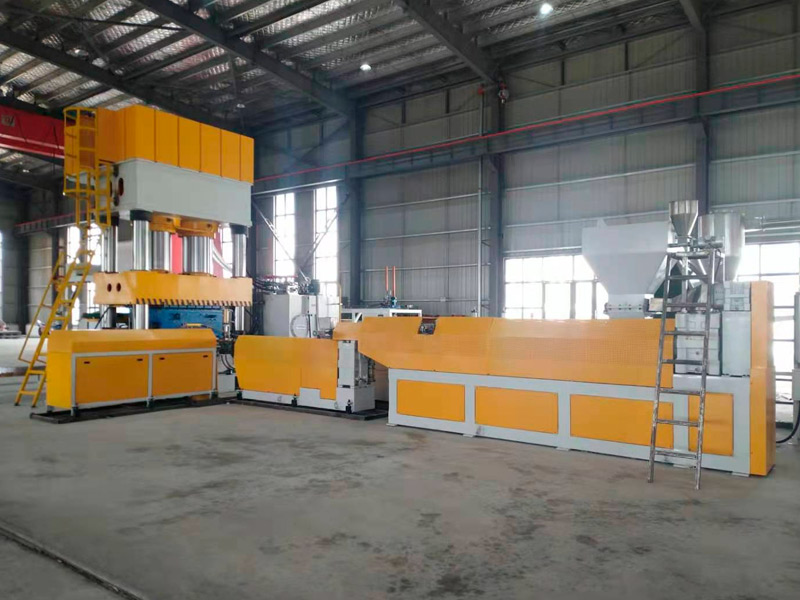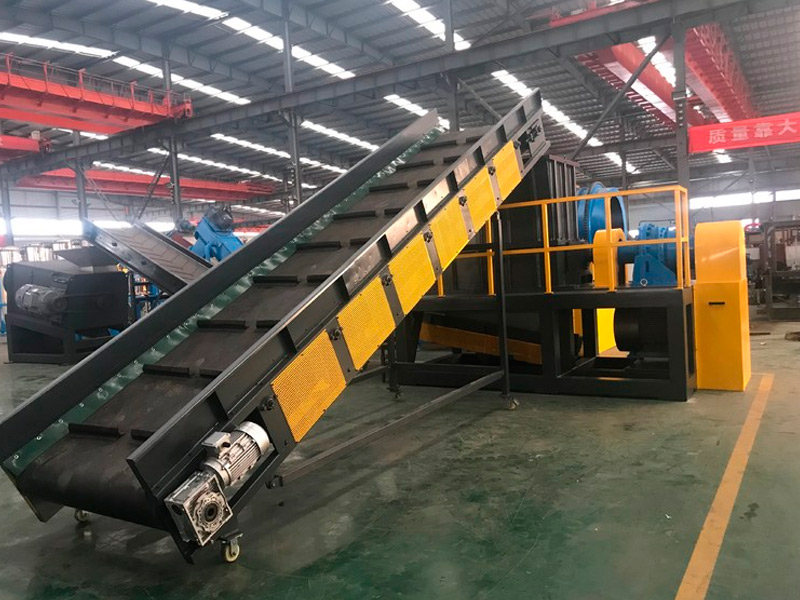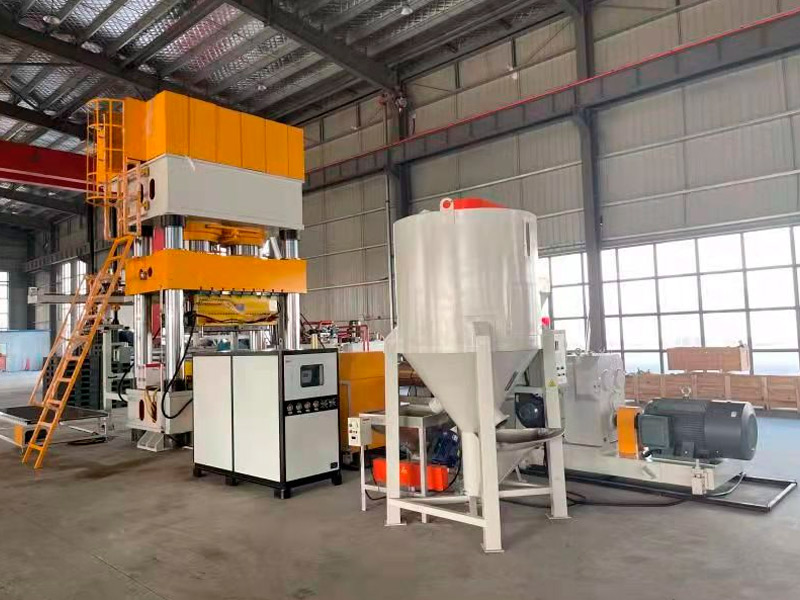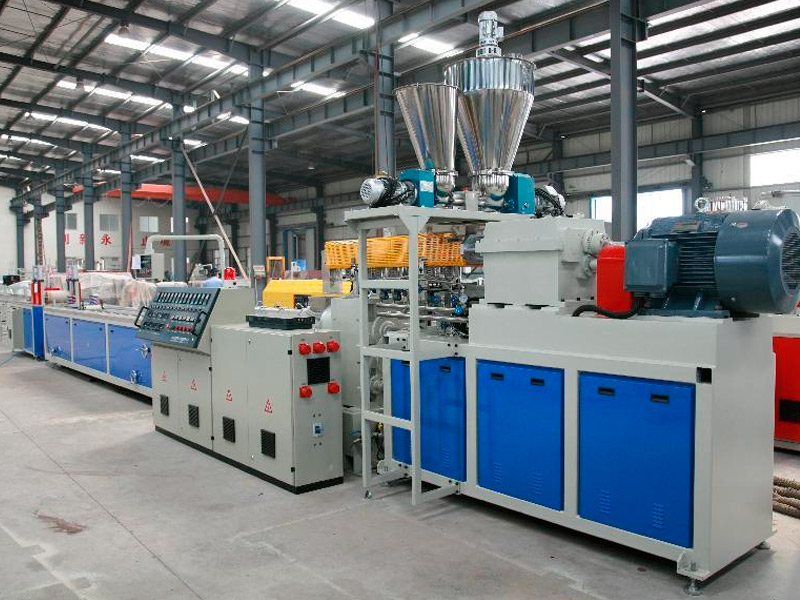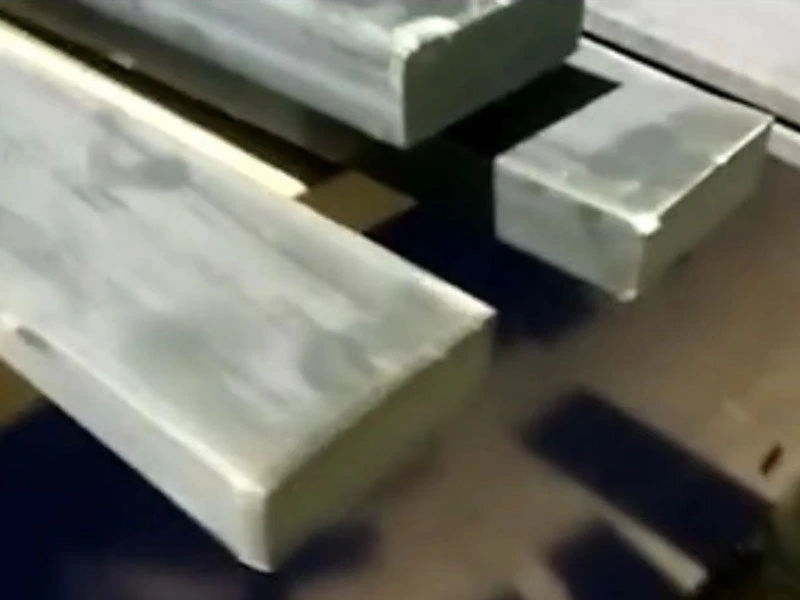There are many kinds of waste plastics. For various kinds of waste plastics, we design and manufacture different equipment for recycling. For non-clean film waste plastics, it is first necessary to clean them, and then use a plastic recycling granulator machine with water to granulate or squeeze them dry with a "squeeze dryer", and then use a "mixed waste plastic two-step extrusion molding equipment" to make what we need. products; clean plastic or industrial composite film, we can directly use waste plastic film one-step extrusion molding equipment to directly make our products; clean hard waste plastics are broken or shredded directly by mixed waste plastic two-step method Extrusion molding equipment to make products and so on.

